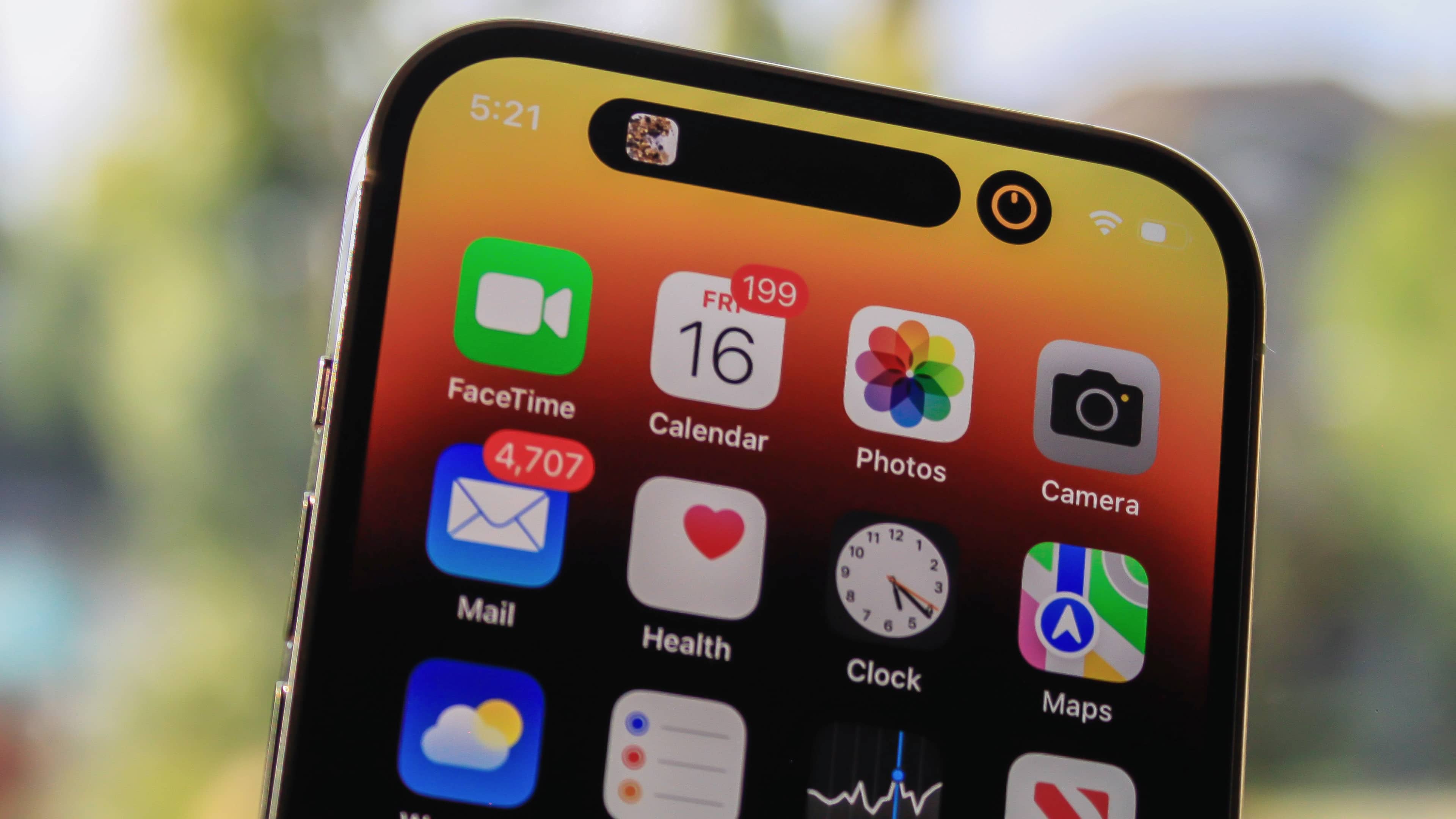There could be three Taptic Engines in the iPhone 15 Pros instead of one as Apple is rumored to adopt a buttonless design ahead of a potential portless iPhone.

- What’s happening? Apple’s iPhone 15 is predicted to feature solid-state power and volume buttons, with physical clicks emulated by Taptic Engines.
- Why care? If Apple really embraces a buttonless design with the iPhone 15 series, then a portless device might be coming at some point in the future.
- What to do? Relax, Mac trackpads already simulate physical clicks and the effect works Like Magic™. Apple’s Taptic Engine provides believable haptic feedback, mimicking the feeling of a physical button being pressed and depressed.
Why iPhone 15 might use three Taptic Engines
The prediction calling for a buttonless design on the iPhone 15 Pros, with multiple Taptic Engines simulating physical clicks, came via reliable analyst Ming-Chi Kuo.
The analyst predicted on Twitter that Apple will leverage its expertise in building precise vibratory motors for iPhones to get rid of physical buttons on the iPhone 15 Pro models. There are still going to be volume buttons on the left side and a power button on the right side, but they won’t depress physically when clicked.
Instead, Kuo predicts that Apple will equip the iPhone 15 Pro models with solid-state volume and power buttons. To simulate button clicks, Kuo says Apple will use dedicated Taptic Engines on the left and right side to provide haptic feedback.
Buttonless design paving the way for a portless iPhone
Those tiny vibrators will come in addition to the main Taptic Engine tasked with producing haptic feedback across the system. So in other words, the number of Taptic Engines in the next iPhone could increase from one to three.
“My latest survey indicates that the volume button and power button of two high-end iPhone 15 models may adopt a solid-state button design, similar to the Home button design of iPhone 7, 8, SE 2 and 3 to replace the mechanical button design,” he writes. Read: How to get vibratory haptic feedback when typing on iPhone
Solid-state buttons could also improve water resistance because they might take up less space within the chassis. Kuo expects annual Taptic Engine production to double in 2023 thanks to the iPhone 15’s supposed buttonless design.
Force Touch trackpads also simulate physical clicks
This would work very much like the solid-state Home button that Apple first brought to the iPhone 7. On the iPhone 7, the Home button doesn’t physically depress when force is applied to it. Instead, the iPhone 7’s Taptic Engine (positioned below the Home button) vibrates to produce the sensation of pressing a physical button.
The same effect is used on Apple’s Force Touch trackpads found on Mac laptops—even though it feels as if the whole trackpad depresses when clicked, what you’re really feeling are subtle vibrations which are indicative of a physical press.
Wrapping up, the rumored buttonless design for the iPhone 15 Pros could be the start of a new industry trend as Kuo expects Android makers to follow in Apple’s footsteps and adopt buttonless designs for their high-end handsets.
What about the silent switch?
If Kuo’s prediction proves true, there’s only one button left to get rid of—the ring/silent switch. Now, Kuo didn’t say anything regarding the fate of the silent switch. Speculating, Apple could easily replace it with a long-press Taptic button.
An even better idea: Get rid of the silent switch. This thing can be prone to failure due to dirt and dust ingress. Besides, Apple’s been using this approach on the iPad for years now so this is definitely a tried-and-tested design. Why have a whole button just to turn off the ringer when you can do the same using Control Center?